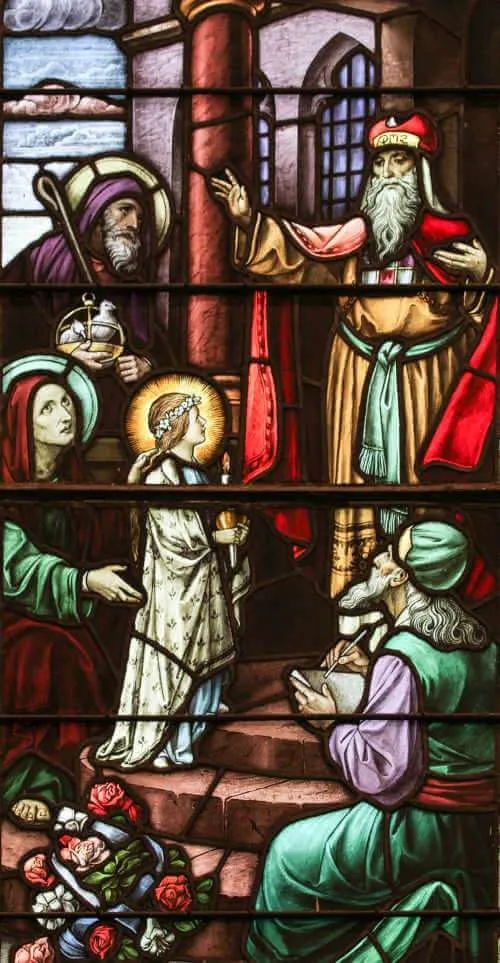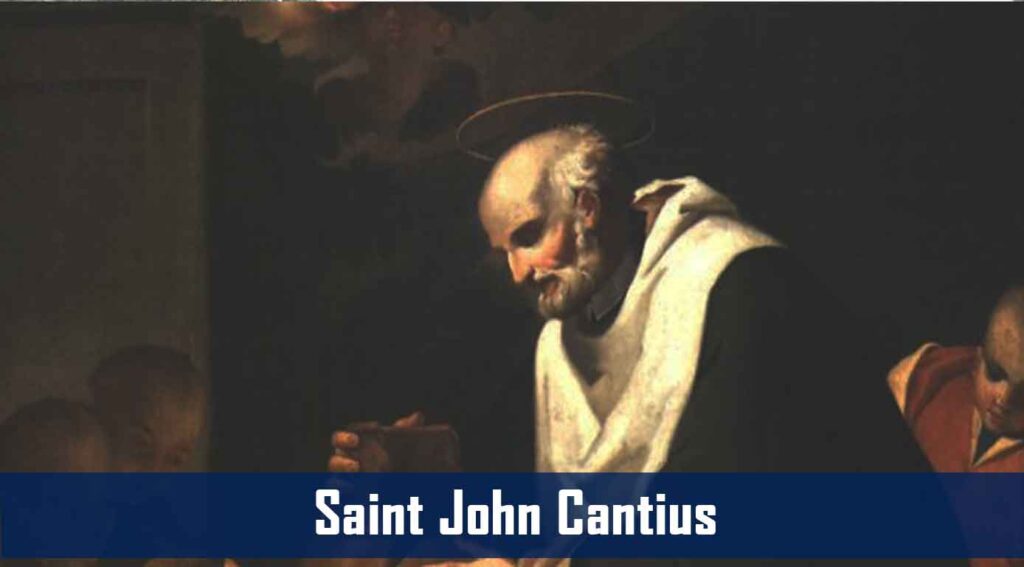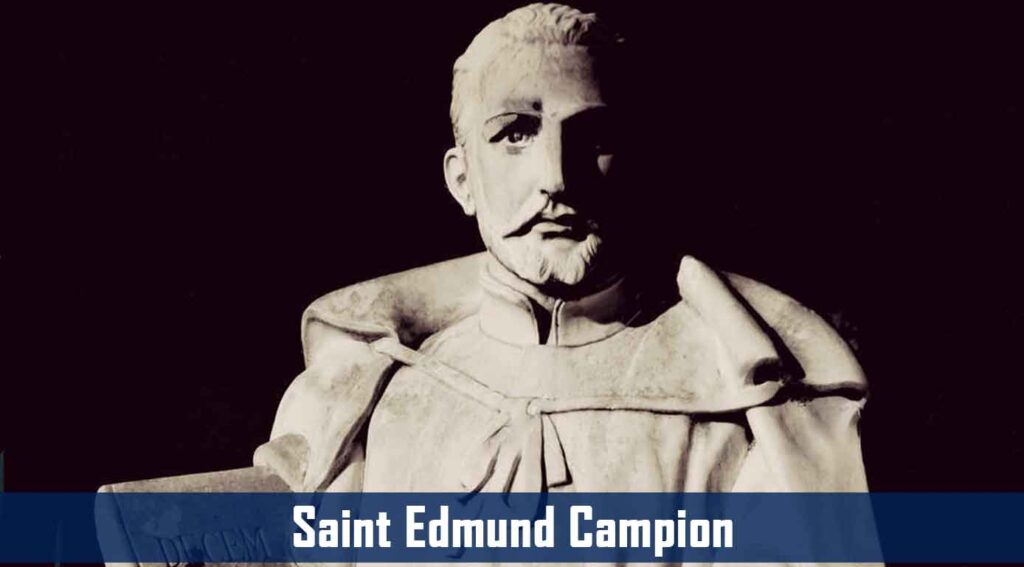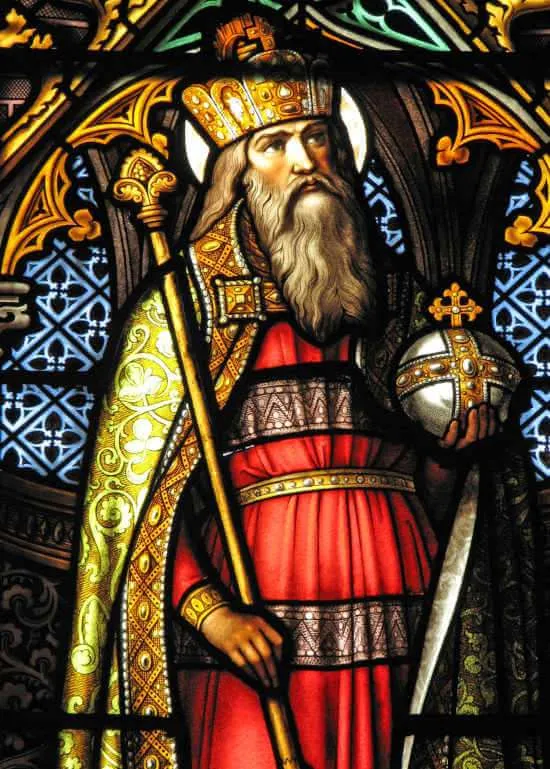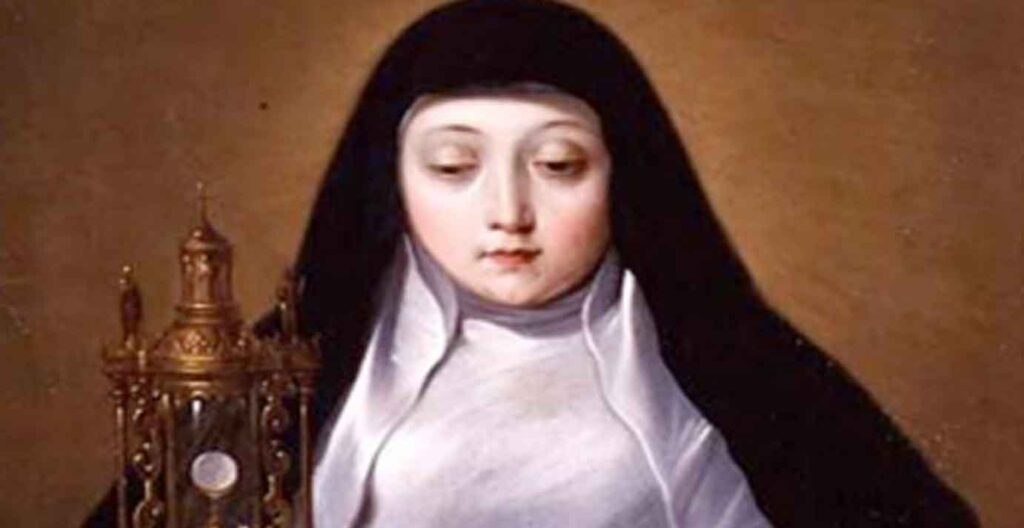There are three “gospels” which are believed to have heavily influenced today’s memorial—the Protoevangelium of James, the Gospel of Pseudo-Matthew, and the Gospel of the Nativity of Mary. The earliest of these writings was the Protoevangelium of James (also called the “Apocryphal Gospel of James”), which was most likely written sometime in the second century. It is not considered to be part of the inspired word of God, i.e., the canon of Scripture, because it does not appear to have actually been written by the Apostle James. Nonetheless, like many early Christian documents, this apocryphal gospel held great influence in the early Church. It is from this writing that the Church takes the traditional names of the Blessed Virgin Mary’s parents—Saints Joachim and Anne—since that is the only record of their names we have.
The Protoevangelium of James gives a detailed account of the Blessed Virgin Mary’s life. It details her Immaculate Conception, birth, presentation in the Temple, and her life in the Temple where she prayed continuously and was ministered to by angels until the age of twelve. The story continues with her miraculously arranged marriage to Saint Joseph, Jesus’ birth, Herod’s encounter with the Magi, the slaughter of the Holy Innocents, and the martyrdom of Zechariah, Saint John the Baptist’s father. Though the Apocryphal Gospel of James does not contradict anything in the canonical Gospels, many more details are added that could be true.
At the time of the birth of the Blessed Virgin Mary, it was not uncommon for some children to be presented in the Temple at a young age, to be raised there, and to enter into service at the Temple. They assisted the priests and acted as servants of charity. Though every firstborn boy was ritually presented to the priest in the Temple eight days after birth so as to be consecrated to God, sometimes girls were also presented, but for the purpose of entering into the Temple’s service. Saint Alphonsus Liguori, an eighteenth-century Doctor of the Church who wrote extensively on the Blessed Virgin Mary, offers this description of her presentation in the Temple, which mirrors the aforementioned apocryphal gospel accounts:
Having barely reached the age of three years, the holy child Mary entreated her parents that she might be placed in the temple according to the promise they had made. The appointed day having arrived, the immaculate young Virgin left Nazareth with St. Joachim and St. Anne, accompanied by a host of angels attending that holy child destined to become the mother of their Creator…Upon their arrival at the temple in Jerusalem, the holy child turned to her parents. Kneeling, she kissed their hands, asked for their blessing, and then, without looking back, ascended the steps of the temple. There, renouncing the world and all it could offer her, she wholly offered and consecrated herself to God. From then on, Mary’s life in the temple was a continuous exercise of love, offering her entire being to her Lord…As a young virgin in the temple, Mary did nothing but pray, desiring to be the servant of the blessed Virgin chosen to be the mother of God (Glories of Mary, On the Feast of the Presentation of Mary).
It is believed that this feast originated in the Eastern Byzantine liturgy around the sixth century at the time that Byzantine Roman Emperor Justinian I built a church in Jerusalem near the ruins of the Temple called the Basilica of Saint Mary the New. By the ninth century, several monasteries in the Latin Church began to observe this feast, and it was added to the Universal Church calendar in the fifteenth century.
In 1953, Pope Pius XII tied this memorial of the Presentation of Mary to an annual commemoration of the World Day of Cloistered Life. He did so because of the belief that the Blessed Virgin Mary was not only presented in the Temple as a child, she then lived out her childhood in constant prayer and solitude, becoming the most excellent model for those in the cloister.
In 1974, Pope Saint Paul VI wrote a beautiful apostolic exhortation, Marialis Cultus (For the Right Ordering and Development of Devotion to the Blessed Virgin Mary), in which he speaks of the development of Marian devotion in the life of the Church. Regarding feasts like today’s, which come to us in part from apocryphal sources, he says, “There are still others [feasts] which, apart from their apocryphal content, present lofty and exemplary values and carry on venerable traditions having their origin especially in the East.”
As we celebrate the liturgical memorial of the Presentation of Mary in the Temple, we especially honor the fact that, regardless of the lack of certainty of the historical details, the Blessed Virgin Mary lived a life of profound prayer and contemplation from her earliest years and continued to do so throughout her life. She always has been, and continues to be, the Immaculate One, the sinless Spouse of the Holy Spirit, the first contemplative, and one who dedicated her whole life to the service of the will of God. Even if the account of her presentation and childhood service in the Temple is not accurately represented in these early sources, the spiritual reality of her total dedication to the will of God throughout her life is an indisputable dogma of our faith.
As we ponder the early life and dedication of the Blessed Virgin Mary to God’s will today, reflect upon the fact that every child is capable of a profound faith and commitment to God’s will. For those who are entrusted with the guardianship and raising of children, allow your prayerful reflection on the holy life of Blessed Mary as a child to inspire you to help all young people imitate her profound faith and holiness.
Source: https://mycatholic.life/saints/saints-of-the-liturgical-year/november-21—presentation-of-the-blessed-virgin-mary–memorial/

